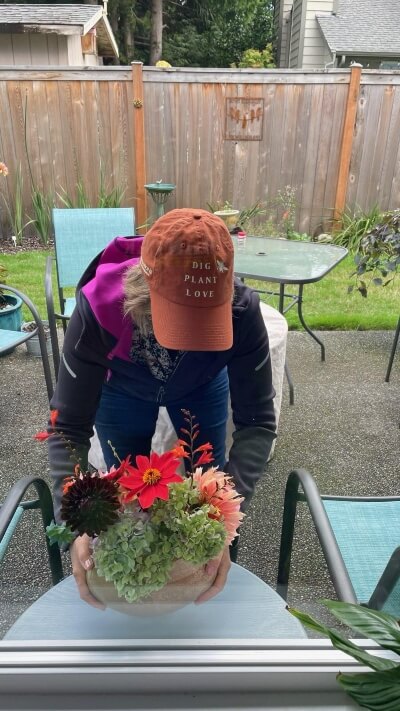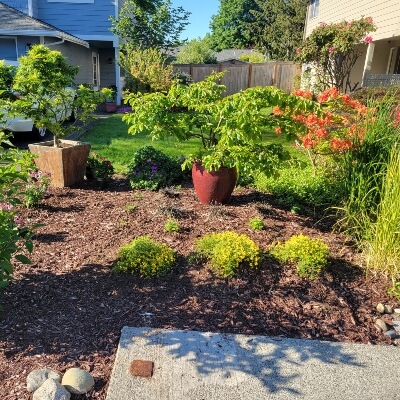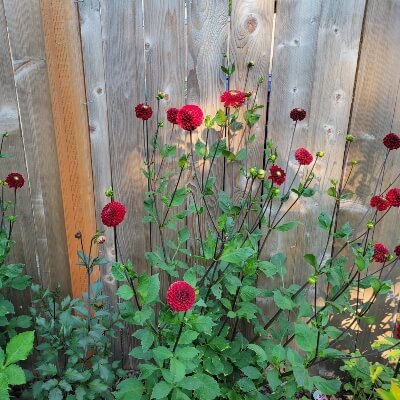“While gardening can be highly therapeutic, without proper precautions, the physical demands can lead to discomfort, especially as we prepare our gardens for winter,” shares Dr. Shepherd. As we “put our gardens to bed,” it’s crucial to keep our spine healthy so we can continue enjoying this rewarding hobby year after year.
Before prepping your garden for the winter, here are some helpful tips to prevent your body from getting injured and ensure you protect your spine.
1. Start With a Stretching Routine
Ask anyone who spends time in the yard gardening, and they’ll likely agree that it’s physically demanding. Just like any other form of exercise, it’s essential to warm up before you start. A few minutes of stretching will loosen up your muscles and prepare your spine for the tasks ahead. Here are some key stretches to include in your pre-gardening routine:
- Lumbar Side Bends: Stand tall with your feet hip-width apart, place one hand on your hip, and reach the other arm over your head while gently bending to the side. This helps stretch the muscles around your lower back.
- Hamstring Stretches: Bend forward at your hips and reach toward your toes (or as far as you comfortably can). This stretch relieves tension in your hamstrings, which are crucial for supporting your lower back.
- Reaching Stretch: With your arms extended above your head, reach up toward the sky and hold for a few seconds. This elongates your spine and opens up your shoulders.
- Arm Circles: Stand with your arms extended out to your sides and slowly make circles with your arms to loosen up your shoulder joints.
 2. Use Knee Pads for Comfort
2. Use Knee Pads for Comfort
The knees can really take a beating during gardening. Pressure on your knees can actually cause strain on your lower back. Invest in a good pair of knee pads to protect your joints and make kneeling more comfortable. Alternatively, you can use a cushioned gardening mat for added support. This simple adjustment will help prevent strain on your back while you work close to the ground.
3. Get a Rolling Stool
If you spend a lot of time weeding, planting, or pruning, consider using a rolling stool. This handy tool that comes with wheels allows you to sit comfortably and move around the garden without bending at the waist over and over. Bending over for long periods is a common cause of back pain, so using a stool will shield your spine from this repetitive stress. Another plus: it’s more ergonomic for your posture.
4. Avoid Bending at the Waist
One of the most common mistakes gardeners make is bending at the waist. Why is it bad? This puts a lot of pressure on the lower back and can lead to injury over time. Instead, practice squatting by bending at the knees and keeping your back straight. When lifting or moving heavy objects like bags of soil or compost, always lift with your legs rather than your back to avoid straining your spine.
5. Recover From Soreness
After a day of gardening, you likely will feel sore, which is normal. This is particularly the case if you’ve been in awkward positions or using muscles you don’t typically engage in. Here are a few ways to help your body recover:
- Take an Epsom Salt Bath: As Epsom salts are rich in magnesium, they can help relax your muscles and reduce soreness. A warm bath also promotes relaxation and soothes your joints after a long day in the garden.
- Ice Any Sore Areas: If you feel any localized pain or inflammation, apply ice to help reduce swelling and soothe sore muscles. Ice for 15-20 minutes at a time, but avoid applying ice directly to the skin.
- Get a Chiropractic Adjustment: If your back is feeling stiff or out of alignment, consider seeing a chiropractor for an adjustment. Chiropractic care can relieve tension in the spine and help restore mobility, allowing you to bounce back quickly and continue enjoying your gardening and all of your other favorite activities.
By incorporating these simple practices into your routine, you’ll help ensure that gardening remains an enjoyable way to connect with nature and stay active in the process!
If it’s been a while since your last visit, contact us today to book an appointment with Dr. Shepherd!


